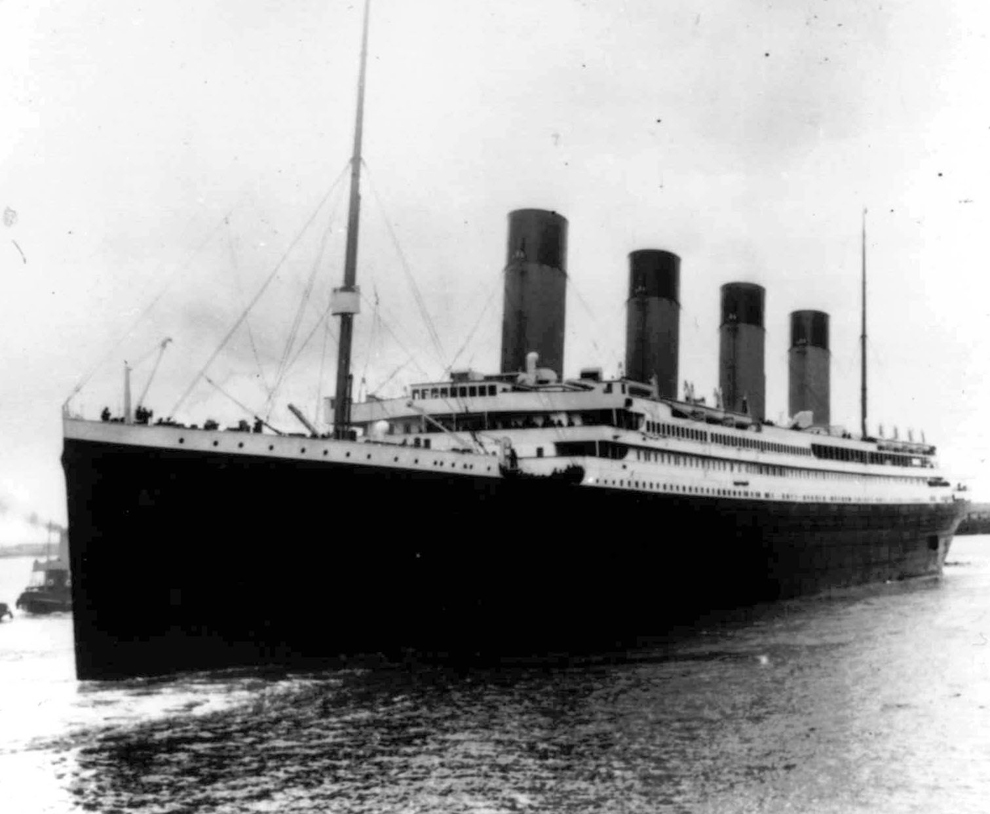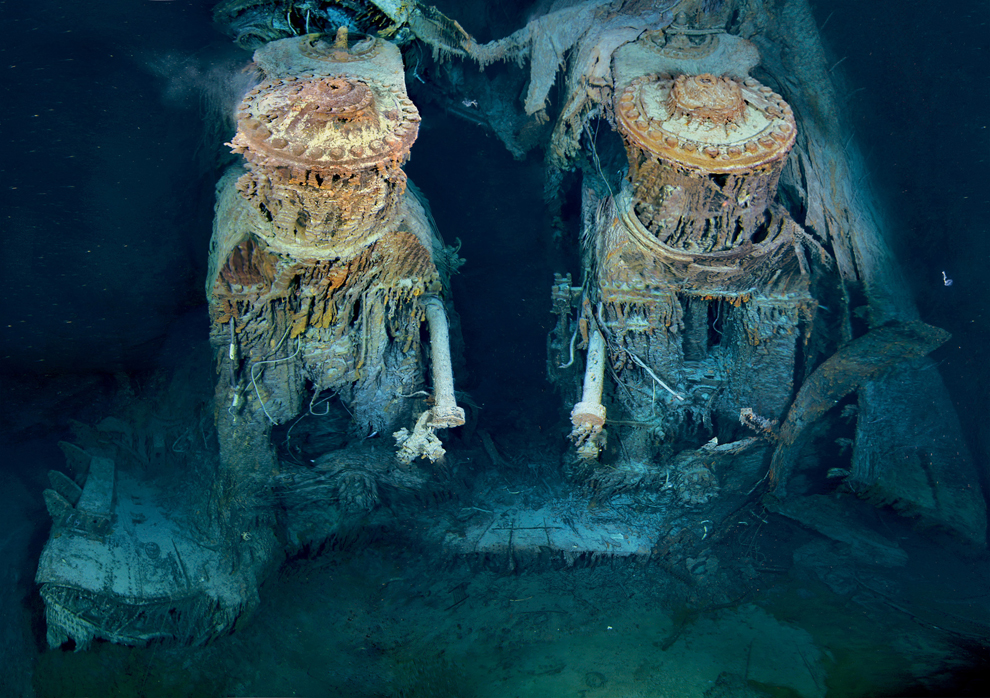Recent Posts
Saturday, April 14, 2012
"Titanic" At 100 Years Later Still Remembered
Posted on 1:53 PM by Admin
This
is the day, in 1912 The Great Ship "TITANIC" Sank. It was hit by and
iceberg on 14 April at 11:40pm. It was an unsinkable ship because there
was 16 water-tight compartment, & the architect believed that it can
be part into 4 but it'll still float on water. There was some
hallucination and sudden temperature drop 12° to -1.4°. 1,517 people
died on that night, and 1,178 people saved form that voyage. In 1997 the
visionary Director "James Cameron" give us most beloved movie on
Titanic. Today it crossed 100years. "James Cameron" presented us the
worlds best movie in 3D....
People who saved form is accident is alive now, "It exits now only in our memory"
Hare are some new real picture of Titanic:
The sinking of the RMS Titanic
caused the deaths of 1,517 of its 2,229 passengers and crew (official numbers
vary slightly) in one of the deadliest peacetime maritime disasters in history.
The 712 survivors were taken aboard the RMS Carpathia. Few disasters have had
such resonance and far-reaching effects on the fabric of society as the sinking
of the Titanic. It affected attitudes toward social injustice, altered the way
the North Atlantic passenger trade was conducted, changed the regulations for
numbers of lifeboats carried aboard passenger vessels and created an
International Ice Patrol (where commercial ships crossing the North Atlantic
still, today, radio in their positions and ice sightings). The 1985 discovery
of the Titanic wreck on the ocean floor marked a turning point for public
awareness of the ocean and for the development of new areas of science and
technology. April 15, 2012 will mark the 100th anniversary of the Titanic
disaster. It has become one of the most famous ships in history, her memory
kept alive by numerous books, films, exhibits and memorials.


The
British passenger liner RMS Titanic leaves from Southampton, England on her
maiden voyage, April 10, 1912. Titanic called at Cherbourg, France and
Queenstown, Ireland before heading westward toward New York. Four days into the
crossing, she hit an iceberg at 11:40 p.m., 375 miles south of Newfoundland.
Just before 2:20 am Titanic broke up and sank bow-first with over a
thousand people still on board. Those in the water died within minutes from
hypothermia caused by immersion in the freezing ocean.(Frank O. Braynard
Collection)

A 1912
photograph of a second class area on the Titanic. A disproportionate number of
men – over 90% of those in Second Class – were left aboard due to a "women
and children first" protocol followed by the officers loading the
lifeboats. (The New York Times Photo Archives/American Press Association)

In
this April 10, 1912 photo the Titanic leaves Southampton, England. The tragic
sinking of the Titanic nearly a century ago can be blamed, some believe, on low
grade rivets that the ship's builders used on some parts of the ill-fated
liner. (Associated Press)
This
is believed to be the iceberg that sank the Titanic on April 14-15, 1912. The
photograph was taken from the deck of the Western Union Cable Ship, Mackay
Bennett, commanded by Captain DeCarteret. The Mackay Bennett was one of the
first ships to reach the scene of the Titanic disaster. According to Captain
DeCarteret, this was the only berg at the scene of the sinking when he arrived.
It was assumed, therefore, that it was responsible for the sea tragedy. The
glancing collision with the iceberg caused Titanic's hull plates to buckle
inward in a number of locations on her starboard side and opened five of her
sixteen watertight compartments to the sea. Over the next two and a half hours,
the ship gradually filled with water and sank. (United States Coast Guard)


R.M.S. Titanic's bow in 1999.
(P.P. Shirshov Institute of Oceanology)

The first complete views of the legendary wreck. Ethereal views of Titanic’s bow offer a comprehensiveness of detail never seen before. The optical mosaics each consist of 1,500 high-resolution images rectified using sonar data. (COPYRIGHT© 2012 RMS TITANIC, INC; Produced by AIVL, WHOI)

Two of Titanic’s engines lie exposed in a gaping cross section of the stern. Draped in “rusticles”—orange stalactites created by iron-eating bacteria—these massive structures, four stories tall, once powered the largest moving man-made object on Earth. (COPYRIGHT© 2012 RMS TITANIC, INC; Produced by AIVL, WHOI)
Subscribe to:
Post Comments (Atom)


No Response to ""Titanic" At 100 Years Later Still Remembered"
Leave A Reply